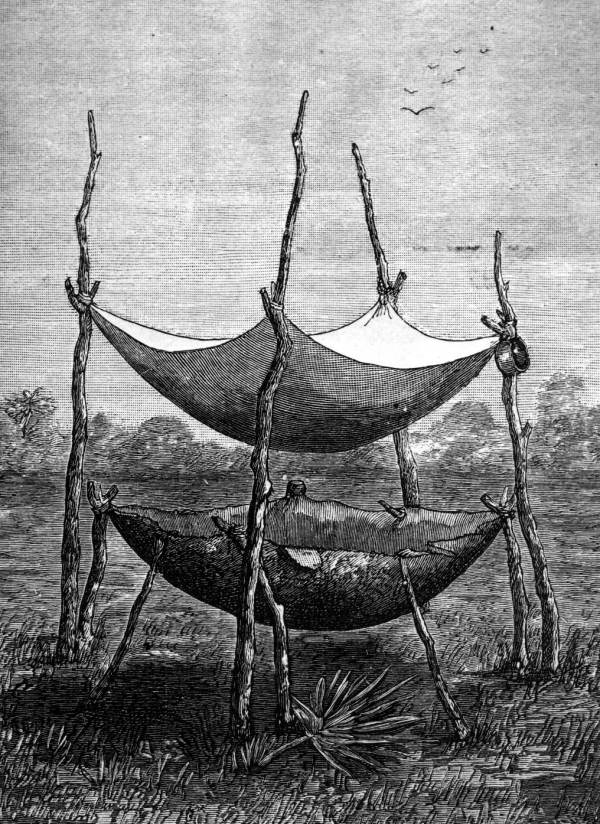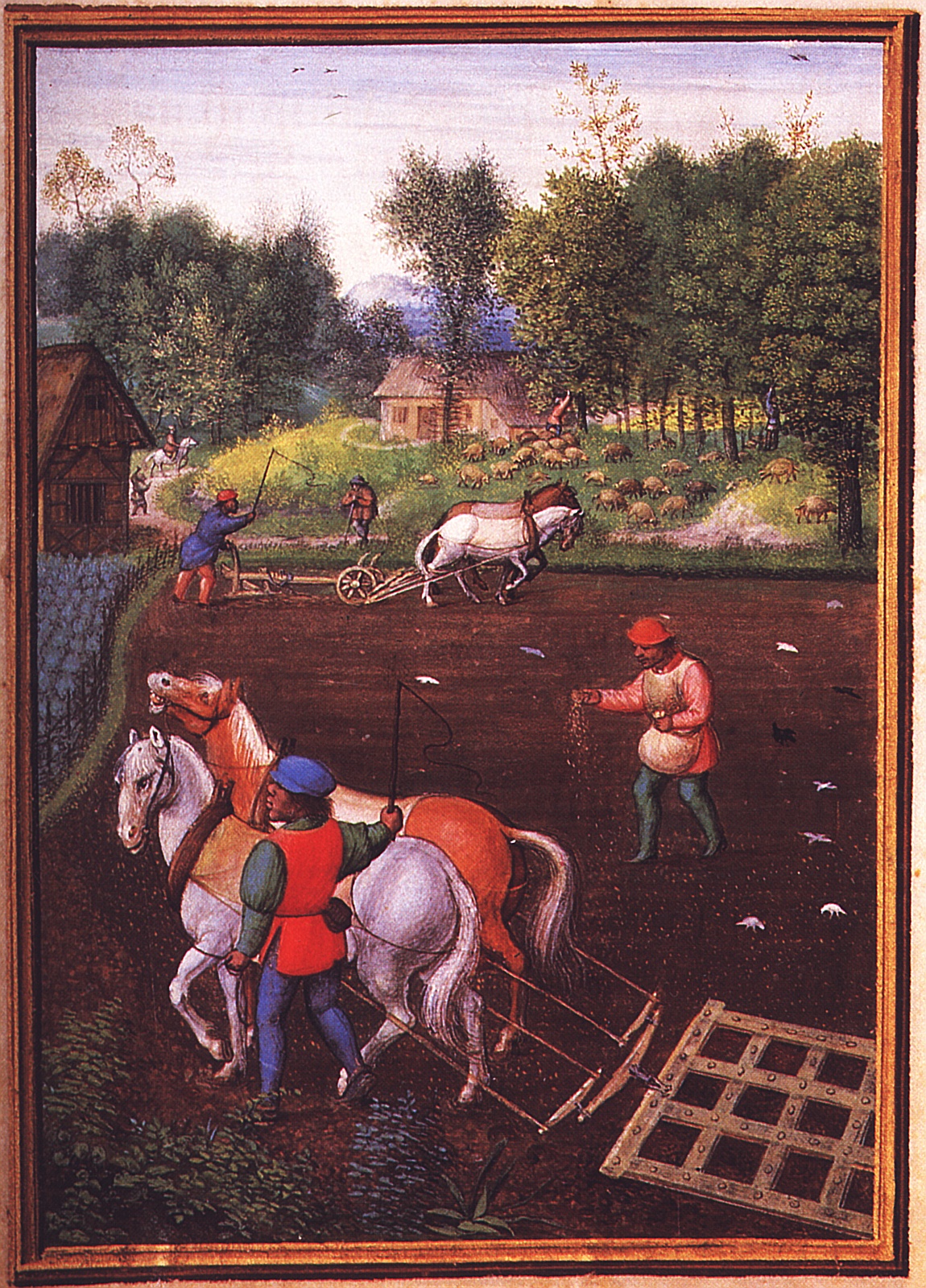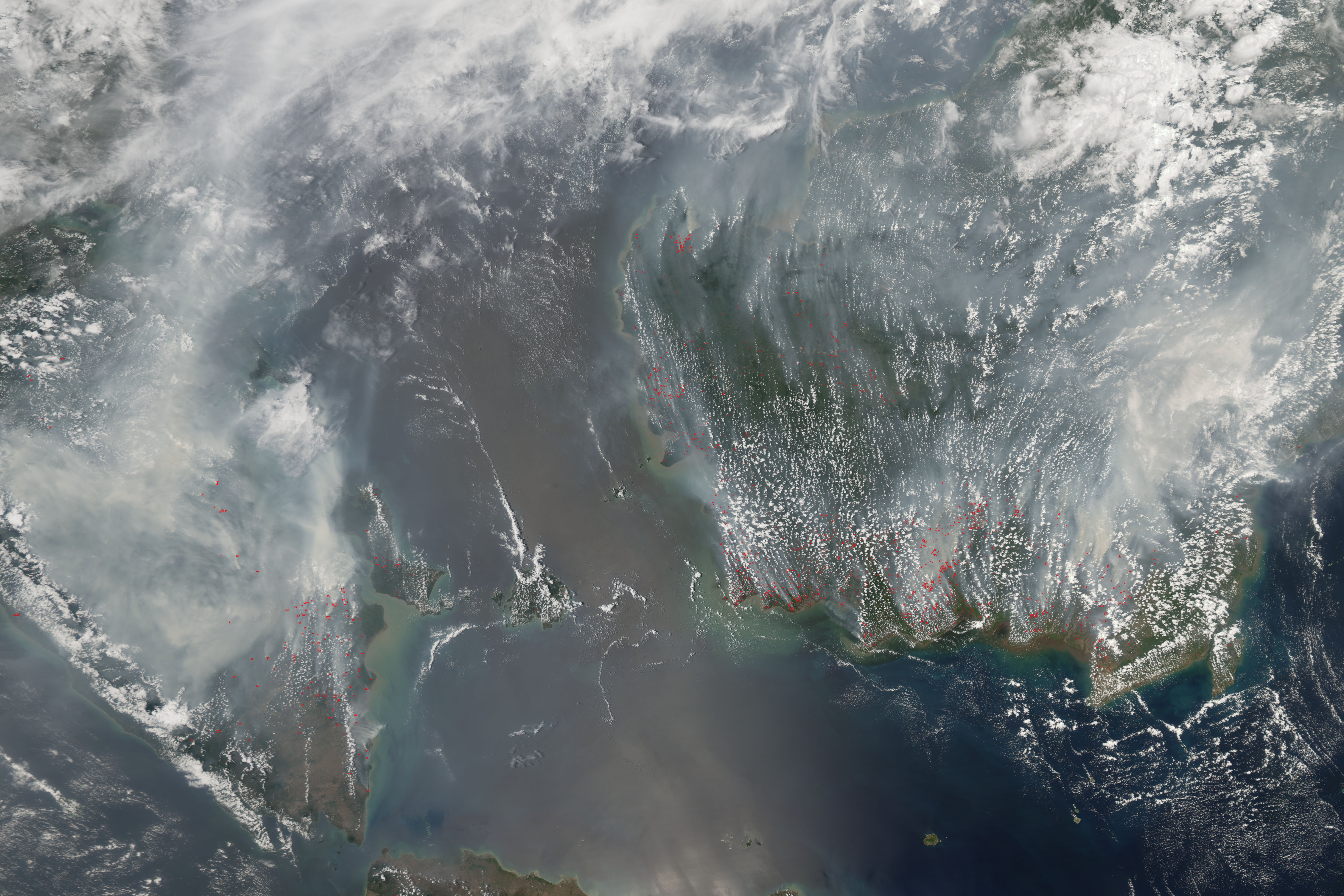|
Arrowroot
Arrowroot is a starch obtained from the rhizomes (rootstock) of several tropical plants, traditionally ''Maranta arundinacea'', but also Florida arrowroot from ''Zamia integrifolia'', and tapioca from cassava (''Manihot esculenta''), which is often labelled as arrowroot. Polynesian arrowroot or pia (''Tacca leontopetaloides''), and Japanese arrowroot (''Pueraria lobata''), also called kudzu, are used in similar ways. History Archaeological studies in the Americas show evidence of arrowroot cultivation as early as 7,000 years ago. The name may come from ''aru-aru'' (meal of meals) in the language of the Caribbean Arawak people, for whom the plant was a staple. It has also been suggested that the name comes from arrowroot's use in treating poison-arrow wounds, as it draws out the poison when applied to the site of the injury. In the early days of carbonless copy paper, arrowroot, because of its fine grain-size, was a widely used ingredient. After an economical way of centrifugally ... [...More Info...] [...Related Items...] OR: [Wikipedia] [Google] [Baidu] |
Maranta Arundinacea
'' Maranta arundinacea'', also known as arrowroot, maranta, West Indian arrowroot, obedience plant, Bermuda arrowroot, araru, araruta, ararao or hulankeeriya, is a large, perennial herb found in rainforest habitats. Arrowroot flour is now produced commercially mostly in St. Vincent and the Grenadines. Arrowroot was one of the earliest plants to be domesticated for food in northern South America, with evidence of exploitation or cultivation of the plant dating back to 8200 BCE. Description Arrowroot is a perennial plant growing to a height of between and . Its leaves are lanceolate. The edible part of the plant is the rhizome. Twin clusters of small white flowers bloom about 90 days after planting. The plant rarely produces seed and reproduction is typically by planting part of a rhizome with a bud. Rhizomes are ready for harvesting 10–12 months after planting as leaves of the plant begin to wilt and die. The rhizomes are fleshy, cylindrical, and grow from to long. ... [...More Info...] [...Related Items...] OR: [Wikipedia] [Google] [Baidu] |
Starch
Starch or amylum is a polymeric carbohydrate consisting of numerous glucose units joined by glycosidic bonds. This polysaccharide is produced by most green plants for energy storage. Worldwide, it is the most common carbohydrate in human diets, and is contained in large amounts in staple foods such as wheat, potatoes, maize (corn), rice, and cassava (manioc). Pure starch is a white, tasteless and odorless powder that is insoluble in cold water or alcohol. It consists of two types of molecules: the linear and helical amylose and the branched amylopectin. Depending on the plant, starch generally contains 20 to 25% amylose and 75 to 80% amylopectin by weight. Glycogen, the energy reserve of animals, is a more highly branched version of amylopectin. In industry, starch is often converted into sugars, for example by malting. These sugars may be fermented to produce ethanol in the manufacture of beer, whisky and biofuel. In addition, sugars produced from processed s ... [...More Info...] [...Related Items...] OR: [Wikipedia] [Google] [Baidu] |
Tacca Leontopetaloides
''Tacca leontopetaloides'' is a species of flowering plant in the yam family Dioscoreaceae. It is native to Island Southeast Asia but have been introduced as canoe plants throughout the Indo-Pacific tropics by Austronesian peoples during prehistoric times. They have become naturalized to tropical Africa, South Asia, northern Australia, and Oceania. Common names include Polynesian arrowroot, Fiji arrowroot, East Indies arrowroot, and pia. History of cultivation Polynesian arrowroot is an ancient Austronesian root crop closely related to yams. It is originally native to Island Southeast Asia. It was introduced throughout the entire range of the Austronesian expansion during prehistoric times (c. 5,000 BP), including Micronesia, Polynesia, and Madagascar. Polynesian arrowroot have been identified as among the cultivated crops in Lapita sites in Palau, dating back to 3,000 to 2,000 BP. It was also introduced to Sri Lanka, southern India, and possibly also Australia through t ... [...More Info...] [...Related Items...] OR: [Wikipedia] [Google] [Baidu] |
Pueraria Lobata
''Pueraria montana'' var. ''lobata'', the East Asian arrowroot, or kudzu vine, is a perennial plant in the family Fabaceae. Names It is called ''gé'' () in Chinese, ''kuzu'' () in Japanese, and ''chik'' () or ''gal'' (갈; 葛) in Korean. Distribution The plant is native to East Asia ( China, Taiwan, Japan, Korea), the Russian Far East, Southeast Asia (Indonesia, Malaysia, the Philippines, Thailand and Vietnam), and the Pacific ( New Caledonia, Papua New Guinea, Solomon Islands, and Vanuatu). Use The starch powder made from the East Asian arrowroot is called kudzu powder. Kudzu powder is used to make arrowroot tea in traditional medicines of China, Japan and Korea Korea ( ko, 한국, or , ) is a peninsular region in East Asia. Since 1945, it has been divided at or near the 38th parallel, with North Korea (Democratic People's Republic of Korea) comprising its northern half and South Korea (Republic o ... (in Korea the root unprepared is also used). Fi ... [...More Info...] [...Related Items...] OR: [Wikipedia] [Google] [Baidu] |
Zamia Integrifolia
''Zamia integrifolia'', also known as coontie palm is a small, tough, woody cycad native to the southeastern United States (in Florida and Georgia), the Bahamas, Cuba, and the Cayman Islands. Description ''Zamia integrifolia'' produces reddish seed cones with a distinct acuminate tip. The leaves are 20–100 cm long, with 5-30 pairs of leaflets (pinnae). Each leaflet is linear to lanceolate or oblong-obovate, 8–25 cm long and 0.5–2 cm broad, entire or with indistinct teeth at the tip. They are often revolute, with prickly petioles. It is similar in many respects to the closely related '' Zamia pumila'', but that species differs in the more obvious toothing on the leaflets. This is a low-growing plant, with a trunk that grows to 3–25 cm high, but is often subterranean. Over time, it forms a multi-branched cluster, with a large, tuberous root system, which is actually an extension of the above-ground stems. The leaves can be completely lost during cold ... [...More Info...] [...Related Items...] OR: [Wikipedia] [Google] [Baidu] |
Wheel Rasp
A wheel is a circular component that is intended to rotate on an axle bearing. The wheel is one of the key components of the wheel and axle which is one of the six simple machines. Wheels, in conjunction with axles, allow heavy objects to be moved easily facilitating movement or transportation while supporting a load, or performing labor in machines. Wheels are also used for other purposes, such as a ship's wheel, steering wheel, potter's wheel, and flywheel. Common examples are found in transport applications. A wheel reduces friction by facilitating motion by rolling together with the use of axles. In order for wheels to rotate, a moment needs to be applied to the wheel about its axis, either by way of gravity or by the application of another external force or torque. Using the wheel, Sumerians invented a device that spins clay as a potter shapes it into the desired object. Terminology The English word '' wheel'' comes from the Old English word , from Proto-Germanic , ... [...More Info...] [...Related Items...] OR: [Wikipedia] [Google] [Baidu] |
Industrial Process
Industrial processes are procedures involving chemical, physical, electrical or mechanical steps to aid in the manufacturing of an item or items, usually carried out on a very large scale. Industrial processes are the key components of heavy industry. Chemical processes by main basic material Certain chemical process yield important basic materials for society, e.g., (cement, steel, aluminum, and fertilizer). However, these chemical reactions contribute to climate change by emitting carbon dioxide, a greenhouse gas, through chemical reactions, as well as through the combustion of fossil fuels to generate the high temperatures needed to reach the activation energies of the chemical reactions. Cement (the paste within concrete) * Calcination – Limestone, which is largely composed of fossilized calcium carbonate (CaCO3), breaks down at high temperatures into useable calcium oxide (CaO) and carbon dioxide gas (), which gets released as a by-product. This chemical reaction, cal ... [...More Info...] [...Related Items...] OR: [Wikipedia] [Google] [Baidu] |
Hair Sieve
Hair is a protein filament that grows from follicles found in the dermis. Hair is one of the defining characteristics of mammals. The human body, apart from areas of glabrous skin, is covered in follicles which produce thick terminal and fine vellus hair. Most common interest in hair is focused on hair growth, hair types, and hair care, but hair is also an important biomaterial primarily composed of protein, notably alpha-keratin. Attitudes towards different forms of hair, such as hairstyles and hair removal, vary widely across different cultures and historical periods, but it is often used to indicate a person's personal beliefs or social position, such as their age, sex, or religion. Overview The word "hair" usually refers to two distinct structures: #the part beneath the skin, called the hair follicle, or, when pulled from the skin, the bulb or root. This organ is located in the dermis and maintains stem cells, which not only re-grow the hair after it falls ou ... [...More Info...] [...Related Items...] OR: [Wikipedia] [Google] [Baidu] |
Garifuna
The Garifuna people ( or ; pl. Garínagu in Garifuna) are a people of mixed free African and indigenous American ancestry that originated in the Caribbean island of Saint Vincent and speak Garifuna, an Arawakan language, and Vincentian Creole. The Garifuna are the descendants of indigenous Arawak, Kalinago (Island Carib), and Afro-Caribbean people. The founding population of the Central American diaspora, estimated at 2,500 to 5,000 persons, were transplanted to the Central American coast from the Commonwealth Caribbean island of Saint Vincent, which was known to the Garinagu as ''Yurumein'', in the Windward Islands in the British West Indies in the Lesser Antilles. Small Garifuna communities still live in Saint Vincent and the Grenadines. The Garifuna diaspora abroad includes communities in Honduras, in the United States, and in Belize. Name In the Garifuna language, the endonym ''Garínagu'' refers to the people as a whole and the term ''Garífuna'' refers to an ... [...More Info...] [...Related Items...] OR: [Wikipedia] [Google] [Baidu] |
Planting
Sowing is the process of planting seeds. An area or object that has had seeds planted in it will be described as a sowed or sown area. Plants which are usually sown Among the major field crops, oats, wheat, and rye are sown, grasses and legumes are seeded and maize and soybeans are planted. In planting, wider rows (generally 75 cm (30 in) or more) are used, and the intent is to have precise; even spacing between individual seeds in the row, various mechanisms have been devised to count out individual seeds at exact intervals. Depth of sowing In sowing, little if any soil is placed over the seeds, as seeds can be generally sown into the soil by maintaining a planting depth of about 2-3 times the size of the seed. Sowing types and patterns For hand sowing, several sowing types exist; these include: * Flat sowing * Ridge sowing * Wide bed sowing Several patterns for sowing may be used together with these types; these include: * Regular rows * Rows that are ind ... [...More Info...] [...Related Items...] OR: [Wikipedia] [Google] [Baidu] |
Harvest
Harvesting is the process of gathering a ripe crop from the fields. Reaping is the cutting of grain or pulse for harvest, typically using a scythe, sickle, or reaper. On smaller farms with minimal mechanization, harvesting is the most labor-intensive activity of the growing season. On large mechanized farms, harvesting uses the most expensive and sophisticated farm machinery, such as the combine harvester. Process automation has increased the efficiency of both the seeding and harvesting processes. Specialized harvesting equipment utilizing conveyor belts to mimic gentle gripping and mass-transport replaces the manual task of removing each seedling by hand. The term "harvesting" in general usage may include immediate postharvest handling, including cleaning, sorting, packing, and cooling. The completion of harvesting marks the end of the growing season, or the growing cycle for a particular crop, and the social importance of this event makes it the focus of seasonal c ... [...More Info...] [...Related Items...] OR: [Wikipedia] [Google] [Baidu] |
Shifting Cultivation
Shifting cultivation is an agricultural system in which plots of land are cultivated temporarily, then abandoned while post-disturbance fallow vegetation is allowed to freely grow while the cultivator moves on to another plot. The period of cultivation is usually terminated when the soil shows signs of exhaustion or, more commonly, when the field is overrun by weeds. The period of time during which the field is cultivated is usually shorter than the period over which the land is allowed to regenerate by lying fallow. This technique is often used in LEDCs (Less Economically Developed Countries) or LICs (Low Income Countries). In some areas, cultivators use a practice of slash-and-burn as one element of their farming cycle. Others employ land clearing without any burning, and some cultivators are purely migratory and do not use any cyclical method on a given plot. Sometimes no slashing at all is needed where regrowth is purely of grasses, an outcome not uncommon when soils are ... [...More Info...] [...Related Items...] OR: [Wikipedia] [Google] [Baidu] |





